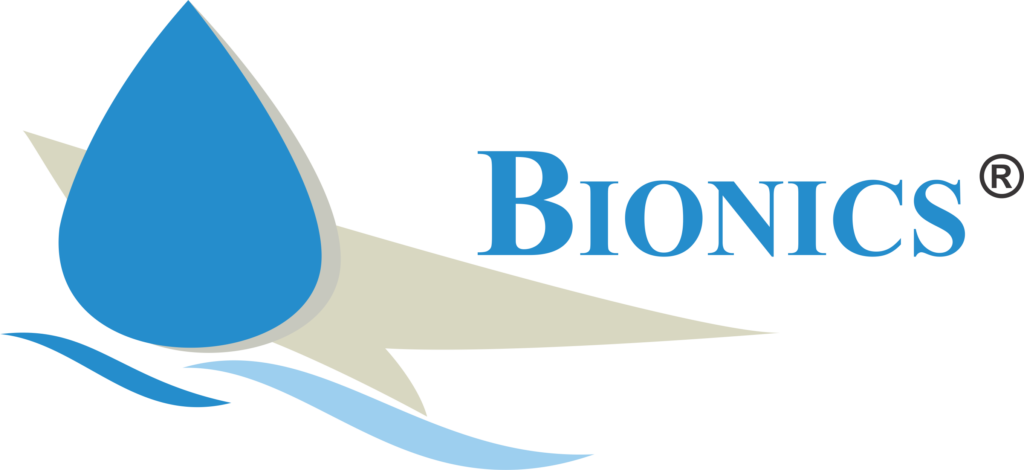Stay up to date
Stay up to date with our monthly e-newsletter
* We will never share your email address & you can opt out at any time, we promise.
A scientist uses a water bath as equipment to incubate samples and maintain temperatures for extended periods. Used where open flames would be dangerous, such as when heating flammable materials, as well as for causing certain chemical reactions at higher temperatures. A water bath is therefore a big container of rather warm water, with some variations concerning the designs, size, and proportions. The container capacity of the standard model lies within 12 to 32 liters. While for the larger model it lies within 50 to 100 litters.
You can use a digital or analog front panel to control many water baths and select the required temperature. These water baths can also include a temperature control reader that regulates the temperature through currents. This test also reveals that Shaker is also useful in the homogenization of the test solution. They employ them for multiple reasons, including warming reagents, melting substrates, testing boiling points, and inoculating cell cultures. They widely use them as heat sources for warming flammable chemicals because they are free from open flames. When the required temperature is above 100 °C, they use other methods such as oil baths, silicone oil baths, or sand baths.
Bionics Consortium is a prominent leading water bath and Circulator manufacturer, supplier, and exporter company based in India. It guides industries associated with research and science with its advanced line of laboratory water baths and circulators. Manufacturers produce small and large models of water baths to meet various temperature control needs. It will involve research from the engineering department on quality testing, market research, and surveying customers. Should the above not suit your needs, then try to get in touch with the company. You receive products tailored to meet your needs from them. Bionics also offers installation, training, spare parts, repair and maintenance, as well as validation documents, namely IQ, OQ, and PQ.
Primarily used in clinical and microbiology laboratories, university laboratories, environmental analysis, and food technology for reagents’ heating, sample defrosting, metal corrosion examination, and bacteriological studies, among others. A water bath is an instrument that requires other accessory instruments to help it work. A water bath commonly accompanies tests involving an incubator, micropipette, centrifuge, and laboratory oven.
The sensor changes the water temperature into a resistance value, and the integrated amplifier amplifies and compares this value. This process generates a control signal that modulates the average heating power of the electric heating tube, thereby maintaining the water temperature.
Bathtub is one of the most essential items in any laboratory and is likely to play a central role in any identified litigation. In the past, water baths were simple dial-based equipment. While the present day equipment is a digital machine that offers a number of sophistications in terms of controls, functions, and capabilities.
Key features of water baths often include:
Stay up to date with our monthly e-newsletter

Bionics Consortium Pvt. Ltd. is a premier Indian company specializing in the manufacturing, supplying, and exporting of laboratory and scientific equipment, available in both standard and custom designs.
Copyright © 2024 Bionics Consortium Pvt. Ltd – all Rights Reserved.